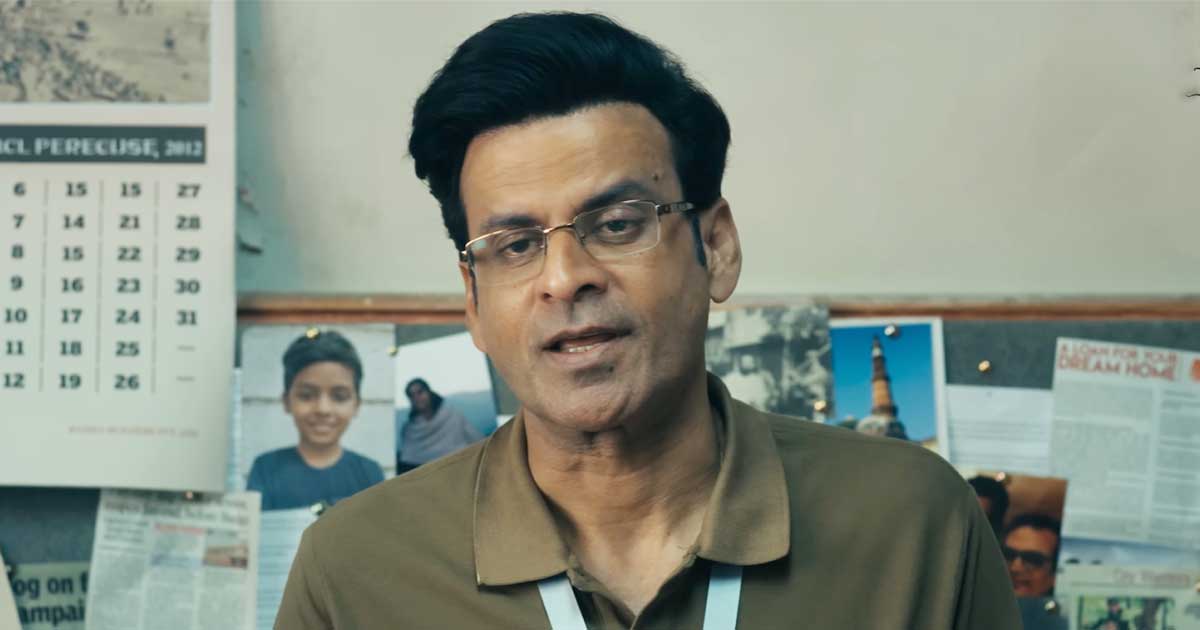NEW DELHI: Isro will use its newly-developed small satellite launch vehicle, SSLV-D3, to launch Earth Observation Satellite-8 (EOS-8) on Aug 15.
“SSLV’s third and final flight will launch EOS-08 microsatellite on Aug 15, 2024, at 09:17 IST from Sriharikota. It completes the SSLV development project and enables operational missions by Indian industry and NSIL,” Isro posted on X.
Primary objectives of the EOS-08 mission include designing and developing a microsatellite, creating payload instruments compatible with the microsatellite bus, and incorporating new technologies required for future operational satellites, Isro said in a statement.
The spacecraft mission configuration is set to operate in a circular low earth orbit (LEO) at an altitude of 475 km with an inclination of 37.4°, and has a mission life of one year. The satellite has a mass of 175.5 kg and generates power of around 420 W.
Built on the Microsat/IMS-1 bus, EOS-08 will carry three payloads — electro optical infrared payload (EOIR), global navigation satellite system-reflectometry payload (GNSS-R) and SiC UV Dosimeter.
The EOIR payload is designed to capture images in the mid-wave IR (MIR) and long-wave IR (LWIR) bands, both during the day and night, for applications such as satellite-based surveillance, disaster monitoring, environmental monitoring, fire detection, volcanic activity observation, and industrial and power plant disaster monitoring.
EOS-08 marks a significant advancement in satellite mainframe systems such as an integrated avionics system, known as the communication, baseband, storage, and positioning (CBSP) package, which combines multiple functions into a single, efficient unit. This system is designed with cold redundant systems using commercial off-the-shelf components and evaluation boards, supporting up to 400 Gb of data storage.
Incorporating additional novel schemes, the EOS-08 mission improves satellite technology through X-band data transmission, utilising pulse shaping and frequency compensated modulation (FCM) for X-Band data transmitters. The satellite’s battery management system employs SSTCR-based charging and bus regulation, sequentially including or excluding strings at a frequency of 6 Hz.
“SSLV’s third and final flight will launch EOS-08 microsatellite on Aug 15, 2024, at 09:17 IST from Sriharikota. It completes the SSLV development project and enables operational missions by Indian industry and NSIL,” Isro posted on X.
Primary objectives of the EOS-08 mission include designing and developing a microsatellite, creating payload instruments compatible with the microsatellite bus, and incorporating new technologies required for future operational satellites, Isro said in a statement.
The spacecraft mission configuration is set to operate in a circular low earth orbit (LEO) at an altitude of 475 km with an inclination of 37.4°, and has a mission life of one year. The satellite has a mass of 175.5 kg and generates power of around 420 W.
Built on the Microsat/IMS-1 bus, EOS-08 will carry three payloads — electro optical infrared payload (EOIR), global navigation satellite system-reflectometry payload (GNSS-R) and SiC UV Dosimeter.
The EOIR payload is designed to capture images in the mid-wave IR (MIR) and long-wave IR (LWIR) bands, both during the day and night, for applications such as satellite-based surveillance, disaster monitoring, environmental monitoring, fire detection, volcanic activity observation, and industrial and power plant disaster monitoring.
EOS-08 marks a significant advancement in satellite mainframe systems such as an integrated avionics system, known as the communication, baseband, storage, and positioning (CBSP) package, which combines multiple functions into a single, efficient unit. This system is designed with cold redundant systems using commercial off-the-shelf components and evaluation boards, supporting up to 400 Gb of data storage.
Incorporating additional novel schemes, the EOS-08 mission improves satellite technology through X-band data transmission, utilising pulse shaping and frequency compensated modulation (FCM) for X-Band data transmitters. The satellite’s battery management system employs SSTCR-based charging and bus regulation, sequentially including or excluding strings at a frequency of 6 Hz.
Denial of responsibility! Pioneer Newz is an automatic aggregator of the all world’s media. In each content, the hyperlink to the primary source is specified. All trademarks belong to their rightful owners, all materials to their authors. If you are the owner of the content and do not want us to publish your materials, please contact us by email – [email protected]. The content will be deleted within 24 hours.







